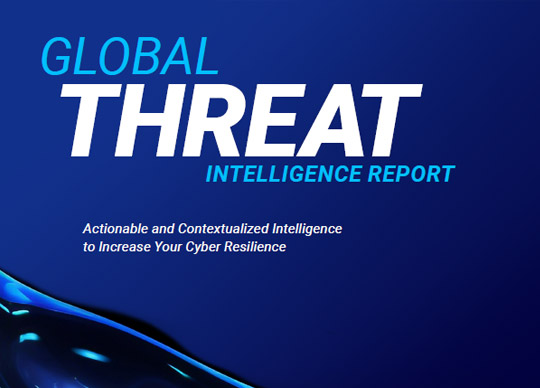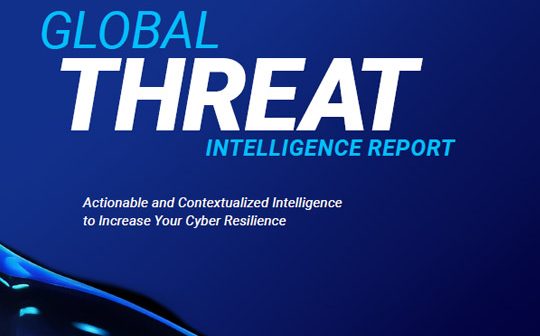
BlackBerry has released its latest Quarterly Global Threat Intelligence Report, revealing a 70 percent increase in new malware encountered by BlackBerry’s AI-powered cybersecurity solutions.
At 26 cyberattacks per minute, this highlights a diversification of tools and attacks by threat actors and as they target high-stakes or financially lucrative industries.
“Malicious actors are working harder than ever to expand their range and volume of cyberattacks,” said Ismael Valenzuela, Vice President of Threat Research and Intelligence, BlackBerry. “The intensifying number of novel attacks targeting nations and industries demonstrates the impact of the macroeconomic climate on cybersecurity. However, while threats are increasing in number and diversity, so is our ability to defend against them with advanced technologies that predict and prevent attacks.”
Highlights from the latest BlackBerry Global Threat Intelligence Report, covering the three-month period of June-August, include:
- Continued Rise in Cyberattacks Per Minute. BlackBerry stopped over 3.3 million attacks; approximately 26 attacks and 2.9 unique malware samples per minute.
- Financial and Healthcare Most Targeted Industries. The financial sector was the most frequently attacked industry this quarter, with healthcare institutions coming in second. High-value data and the opportunity to disrupt essential services make these sectors a prime target for impactful or profitable attacks.
- Ransomware Groups Make Double Extortion Standard Practice. LockBit, Cl0p, Cuba, and ALPHV ransomware groups increasingly use double extortion tactics as insurance on attacks, as organizations worldwide improve their data backup strategies.
- Australia and United States hit by Highest Increase in Public Sector Attacks. Australia and the U.S. experienced 50 percent-plus more public sector attacks this quarter. BlackBerry Cylance® AI prevented the most cyberattacks overall in the United States, followed by Canada, Japan, Peru and India. The most unique malware was observed in the United States, then Japan, South Korea, India, and Canada.
You can read the full report here.






